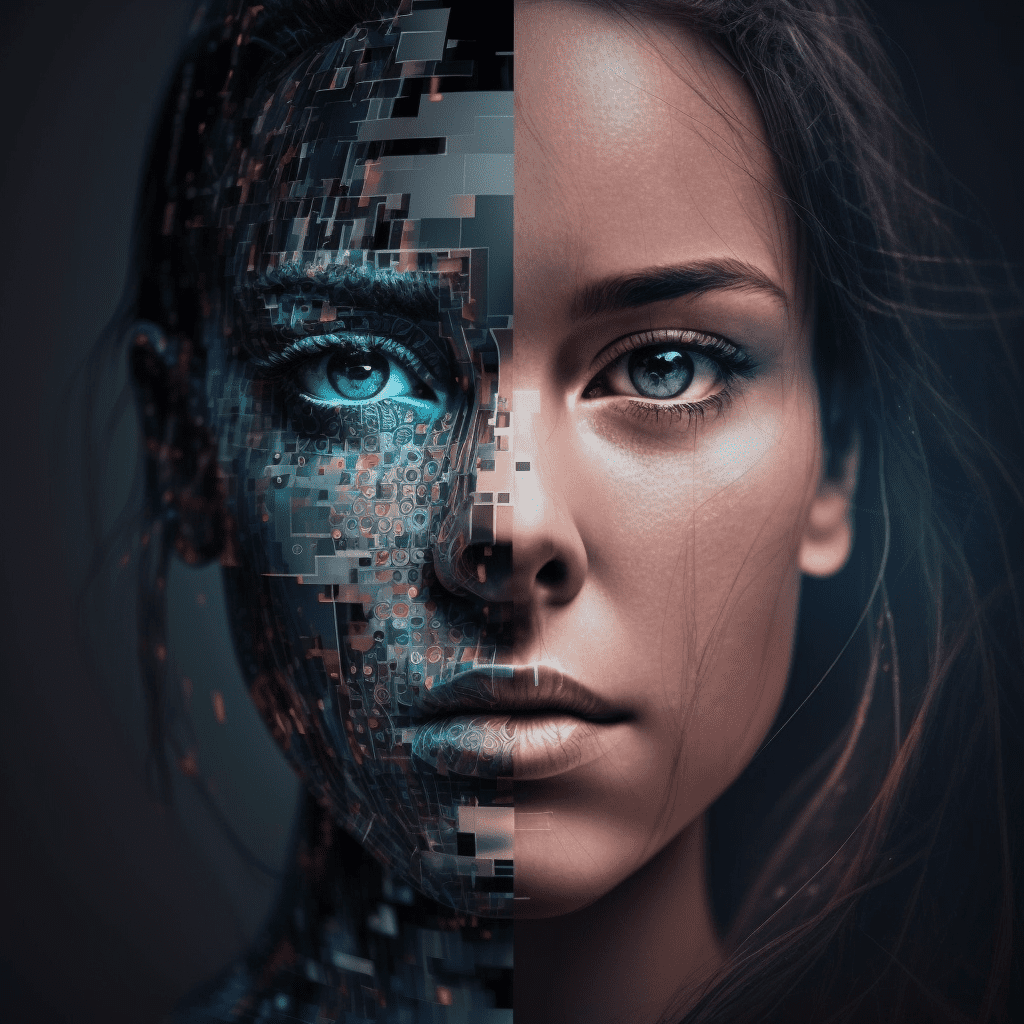
We use our smartphones every day to scan a multitude of objects and access a wide range of services thanks to image recognition technology using artificial intelligence. But these applications require access to the mobile network to connect to the cloud and request the classification response from remote servers. Three companies (IMATAG, QUAI DES APPS and ARIADNEXT) have joined forces in the Inria Rennes – Bretagne Atlantique research center to solve this problem. They have optimized deep learning algorithms for execution on embedded platforms while still maintaining a good level of performance, as announced by the French National Institute for Research in Digital Science and Technology in a press release.
From cloud to local
“Currently, in most approaches used to classify images or read identity documents from a smartphone, the device is only used to capture the image. The data is sent to cloud servers for analysis, a process that is often computationally intensive. The result is then sent back to the user’s telephone. The technique works well so long as network coverage is available, but not in areas with no coverage or where access is limited.
To solve this problem, the MobileAI research project aimed to incorporate artificial intelligence technology into the smartphone while maintaining its robustness and ability to operate in real time,” explains Montaser Awal, head of the artificial intelligence research team at ARIADNEXT, a company specializing in the remote verification of ID documents.
“The project was born from informal discussions among a group of people working at three different companies where visual content identification plays a central role,” says Mathieu Desoubeaux, Co-Founder of IMATAG, a company created with the support of Inria that specializes in robust watermarks for copyright-protected content. “The subject was first mentioned by our friends at QUAI DES APPS, a company that works in the field of augmented reality. Their aim is to achieve image recognition on a mobile phone without network coverage. Yannis Avrithis, a researcher from the Linkmedia team at the Inria Rennes Centre also played a very active role in these discussions. That was how the four of us decided to set up an R&D collaboration to try to solve the problem.”
Launched in September 2018 and completed in 2021, the MobileAI project was funded by the BPI, Rennes Métropole and the regions of Brittany and Pays de la Loire through a call for projects launched by Images & Réseaux.
Deep-learning algorithms
At the heart of the matter is a family of particularly powerful deep-learning algorithms, called convolutional neural networks (CNN). “These are excellent candidates for mobile image recognition”, explains Montaser Awal. “But for our purposes, we had to modify their architecture and optimize them to make them executable on mobile devices while maintaining a similar performance level to cloud-based server systems.”
Mission accomplished. The project has advanced the state of the art and resulted in ten scientific publications and five prototype applications. The new algorithms for image classification and text recognition from a photograph of an ID document were immediately integrated into IDcheck.io, ARIADNEXT’s flagship product for ID document authentication. “The acquirement of cutting-edge expertise in deep learning for image recognition is also an important factor for future developments,” the company explains.
The project has allowed QUAI DES APPS to improve Blinkl, its augmented narration web app. Its service allows clients in shops to photograph products on the shelves and obtain more information about them. Until now, the image recognition process was executed on remote servers. The disadvantages of this were the computational load on these machines and latencies during peak periods, such as during sales or product launches. In addition, there was a bottleneck in the image search which limited the size of the database to 1000 products. By switching image recognition to mobile and improving the descriptors of these images, the company made a game-changing move and can now handle databases of 100,000 images. These capacities will allow QUAI DES APPS to meet the needs of the retail industry, whether for images of products on the shelf or in a catalogue.
For IMATAG, this R&D project improved the image search technology used in its monitoring solution for copyright infringement. It also opens up prospects for new product lines.
Also interesting:
Making mechanical ventilators smarter through data-driven algorithms
The disease-predicting power of algorithms
Machine-learning methods help Science better understand solar panels
Selected for you!
Innovation Origins is the European platform for innovation news. In addition to the many reports from our own editors in 15 European countries, we select the most important press releases from reliable sources. This way you can stay up to date on what is happening in the world of innovation. Are you or do you know an organization that should not be missing from our list of selected sources? Then report to our editorial team.






